So if you get to a ride and the bike's a little low, you just add some right there.
However, you do have a major disadvantage with a frame-mounted bike pump. They are tiny and they take forever to fill up anything. Most people get pretty good at pumping like fiends, but it still typically takes a little while to get riding again -- and by then you're red in the face from the pumping effort.
After all, most cyclists have puny arms.
The Pros and Cons of A CO2 Canister
As I've already alluded, I am not impartial and I love the CO2 canister as an emergency air source. It is lighter and smaller, and easily slides in my under-seat emergency pack along with the spare tube and tire levers.
Sure, it only airs up a road tire to about 100 PSI (and a mountain tire to about 40), but it is more than enough to get one riding again. I had one unfortunate ride where I blew a tube on some glass at the start of a ride, and refilled my bike using the CO2 canister. The bike made it the whole 60+ miles on 90 PSI.
So while you might have to pedal a tad harder, its not the end of the world.
Typically I carry two canisters -- and I've never had to use both.
And, I do have a Topeak Joe Blow Pump that I carry in my car. That way I can make sure I am topped off before every ride, and let my friends borrow it.
In fact, I've often had a lot of frame-mounted pump users, ask to borrow both my full-size pump and my CO2 canisters. They are just that much easier.
And, most times, easier is more fun. Work smarter not harder is what they say.
How to Use A CO2 Pump:
It varies slightly from pump to pump, but basically, after you have installed the new tube, you want to rapidly screw the adapter onto the CO2 canister. This punctures the canister while simultaneously keeping the CO2 from escaping prematurely.
Then, put it over the tire valve and press. Sometimes there is a trigger you squeeze to release the CO2 and other times you just put it on the tire valve.
And, for heavens' sake, use a 16g CO2. It gives you enough air to actually pump up the tire sufficiently.






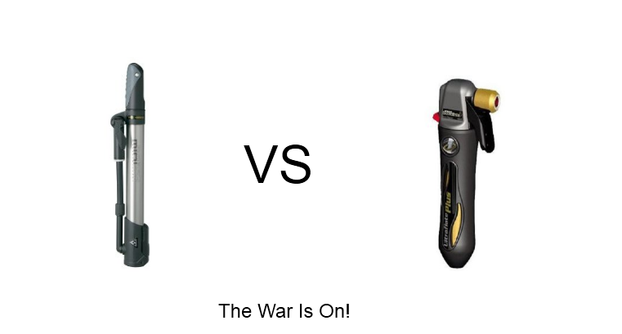
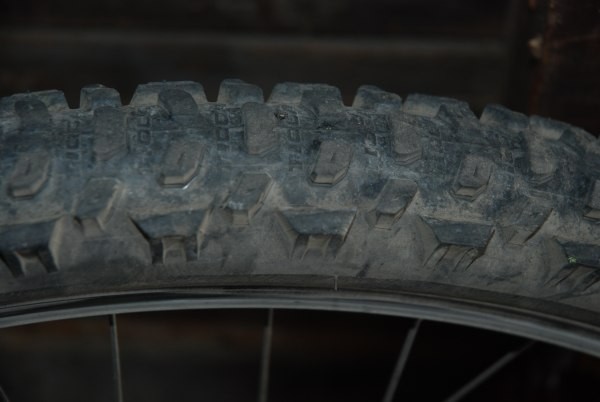
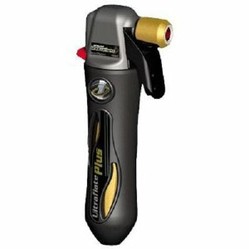

 Dealing With Dogs When Running and Cyclingon 06/13/2012
Dealing With Dogs When Running and Cyclingon 06/13/2012
 Lock Laces For Triathleteson 06/13/2012
Lock Laces For Triathleteson 06/13/2012
 How Much Water Should You Drink While Cycling?on 05/22/2012
How Much Water Should You Drink While Cycling?on 05/22/2012
 The Top 3 Best Cycling Water Bottleson 05/22/2012
The Top 3 Best Cycling Water Bottleson 05/22/2012
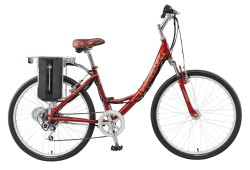
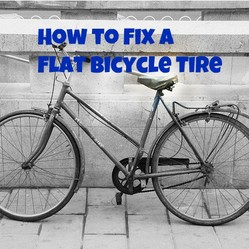
Comments